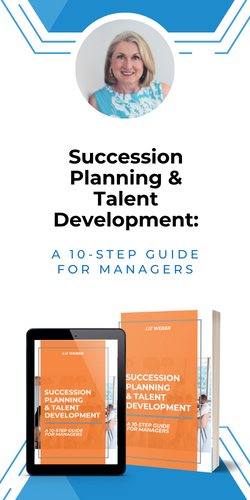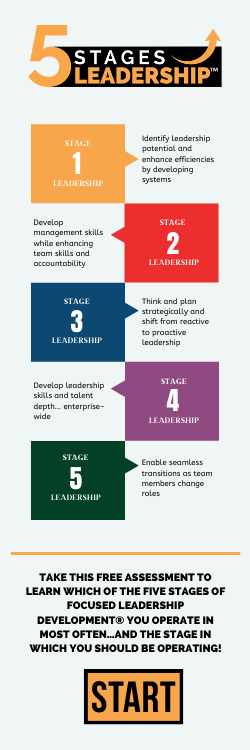I had the opportunity to watch a leader ‘lead up’ last week. A new client had asked me to attend their board meeting so I could gain a better understanding of their organization, history, culture, and their future. It was an incredibly informative experience. However, it was informative in a way I don’t believe they anticipated.
Due to the Chair’s lack of leadership over the past 15 years, he’s unwittingly created a highly-dysfunctional board, comprised of otherwise highly-talented directors. It’s really quite fascinating. However, because of his legacy reputation, friendship with the company’s founder, and length of board service, the Chair’s mystique has enabled him to stay in his role. Through his lack of action, he’s held the organization idle for 15 years. As such, numerous brilliant individuals have left the board upon completion of their first term, have resigned, or have identified ways to work around the Chair. Until Aja joined the board.
I was able to observe Aja’s debut as a new director. There was nothing special about Aja’s appearance or demeanor prior to the board meeting. Like many other directors, she arrived early, put her board book and laptop at her place at the board table, introduced herself to others in the room, and then took her seat in anticipation of the meeting. There was nothing different or special in anything she had done so far. However, the differences soon became apparent:
- She came prepared. After Aja took her seat, she opened her board book. There were noticeable notes and highlighted sections in her book. Her laptop screen showed a list of questions she had prepared. She had done her homework for her new role and for this meeting. The Chair and nine of the other 15 directors had not. They were ready to wing it. She was ready to lead.
- She didn’t press her agenda too quickly. Within five minutes of the meeting, the Chair had allowed the meeting conversation to stray from the agenda. Aja spoke up and suggested the staff administrator manage a conversation queue to help the Chair keep the discussion on-point. Initially, there was an air of surprise at this suggestion, but the Chair and directors agreed. As the queue took hold, Aja subtly checked an item off the list she had on her laptop. That procedural change had been on her checklist but it wasn’t the first item. Aja wasn’t going to push her ideas too fast or too hard. She was going to allow this meeting and the Chair and board’s actions present opportunities for her to raise issues and suggest changes. By taking this approach, Aja could manage up without flash or embarrassment to the Chair or other directors. She allowed others to win too.
- She acknowledged the work of others before her. The Chair and a few other directors have served 10-15 years. Their dedication and service are admirable, even if it’s not as efficient or effective as it could be. However, Aja never criticized the inefficiencies, the lost opportunities or wasted time. She only commented on the valuable work done to date. She found the good in the work done by others.
- She offered to help others move their initiatives forward. Though her skills as a leader were quickly apparent, she did not suggest nor did she accept when others suggested she take over any committee or task force. Instead, she only offered to support the current leaders. By doing so, Aja didn’t position herself to take over and take on the work. She positioned herself to lead through others, help them learn to lead, and allow them to retain their dignity.
Win-Win-Win.
Copyright MMXIX – Liz Weber, CMC, CSP – Weber Business Services, LLC – www.WBSLLC.com +1.717.597.8890
Liz supports clients with strategic and succession planning, as well as leadership training and executive coaching.

























